Case Studies of Laura Dahl's Recent Work
Solving Ambiguous Problems through Research and Design
In the realm of product design, ambiguity often presents the most intriguing challenges. My journey into unraveling complexities is showcased in three case studies. My approach to digital design is not just about aesthetics; it's about diving deep into problems, understanding user needs, and emerging with solutions that make a difference.
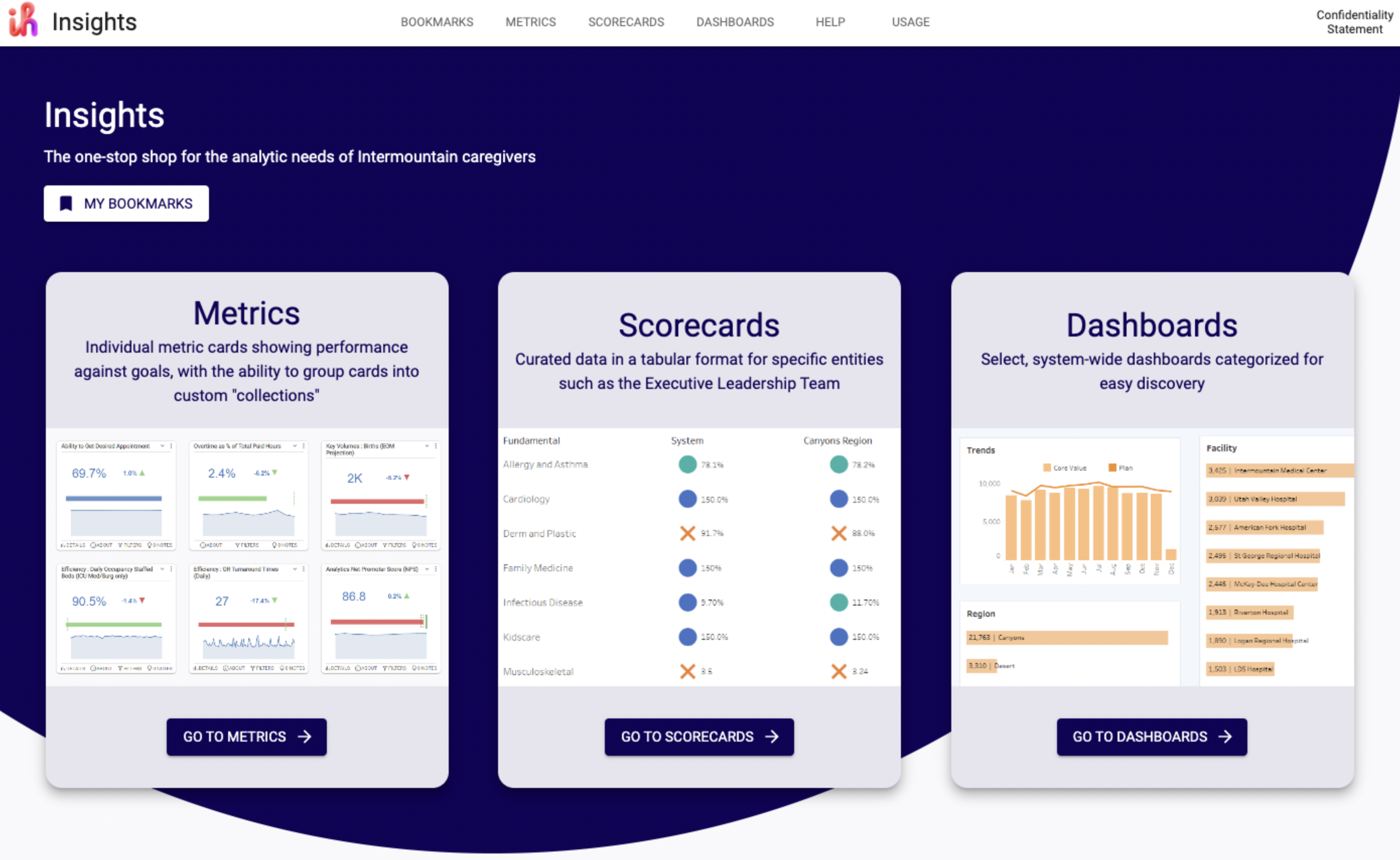
Redesigning an Unusable Analytics Platform into a Scalable System for Hospital-Wide Decision-Making
Over the course of a year, I led a full redesign of an internal analytics platform that had become confusing and unreliable. The old system displayed fewer than 10% of its available metrics, forced users to rely on bookmarks and email links, and hid important actions behind hover‑only interactions. Through weekly testing with clinicians and executives, I restructured the site into clear categories—metrics, scorecards, dashboards—and introduced better navigation, a card‑to‑list view toggle, and bookmarking. The result was a 50% drop in user error and a 450% increase in recurring users, turning the platform into a trusted daily tool across the health system.

Orchestrating Patient Flow: Designing a Holistic Healthcare App from Ground Zero
I led the UX design for a care coordination app that evolved from a grassroots Google spreadsheet created by nurse managers into a fully funded enterprise tool. Originally used to track discharge readiness, the early interface reflected a manual, nurse-driven process. I redesigned the system around real-time hospital workflows, introducing a structured list view, streamlined data entry, and screens that highlighted barriers to discharge. Weekly testing helped surface what nurse managers and administrators needed most. The result was a tool that supported hospital-wide communication and saved hours of coordination time each week.

From Complexity to Clarity: Redesigning the UDRC Website to Improve Usability and Accessibility
When users couldn’t understand what the UDRC did or how to find research, I led a complete redesign of the site from research through implementation. I began with usability testing and wireframes to clarify user needs and collaborated closely with state leadership to focus the site’s message and improve information flow. The new design features streamlined navigation, prominent access to reports and blog posts, and accessibility updates for keyboard and screen reader users. This work resulted in higher engagement, reduced bounce rates, and a modern government site that welcomes everyone.
Designing for Artificial Intelligence
In my AI-driven case studies on a design system for an AI-enabled platform, designing AI into an existing analytics platform, and online recipe search with AI help, I navigated the complexities of early AI technology. Despite challenges like data management and integration with existing systems, I employed iterative design processes and continuous feedback loops to develop effective, user-friendly solutions that enhanced healthcare efficiency and personalized dietary recommendations.
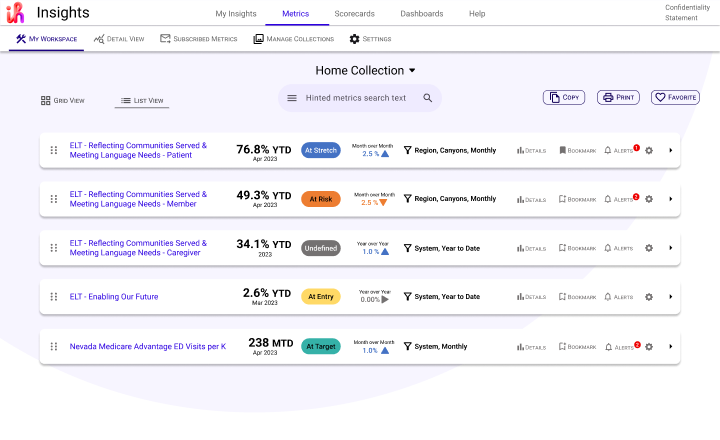
Transforming Healthcare with AI-Driven Insights: A UX/UI Design Case Study for Intermountain Health
At Intermountain Health, I spearheaded a pioneering design project integrating AI insights to enhance patient care. By collaborating closely with data analysts, we developed, tested, and refined user-friendly text and interfaces that effectively utilized AI-generated insights. This initiative led to a 30% increase in user engagement and a 25% improvement in the accuracy of patient data interpretation.
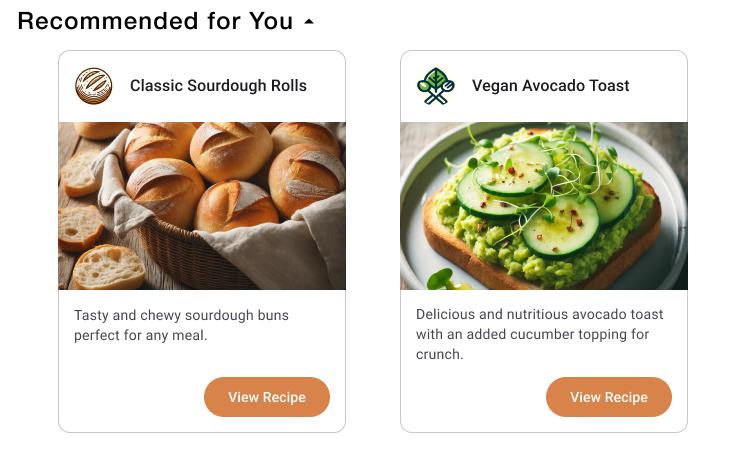
Enhancing User Experience with Simplified Login and AI-Driven Recipe Recommendations
At SimpliBake, I led a transformative UX design project that harnessed AI to revolutionize recipe search and recommendations for vegan users. Through iterative testing and collaboration with AI developers, we created an intuitive interface that increased user satisfaction by 40% and reduced search time by 35%.
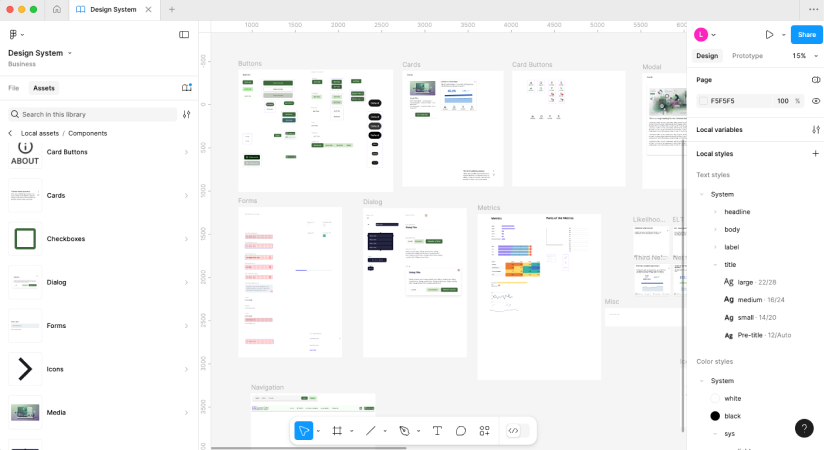
Design System for an AI-enabled Platform
As a designer, I was tasked with developing a scalable and cohesive design system for an analytics platform that required modular, adaptable UI elements. Leveraging Figma’s advanced tools, including auto layout, component properties, and variable management, I created a system to ensure design consistency while allowing for flexible customization.
Designing for Accessibility
In my accessibility case studies, I specialized in creating color-blind-friendly analytics color palettes and updating websites to comply with WCAG and other accessibility standards. These efforts ensured that digital content was accessible to all users, improving inclusivity and usability across various platforms.
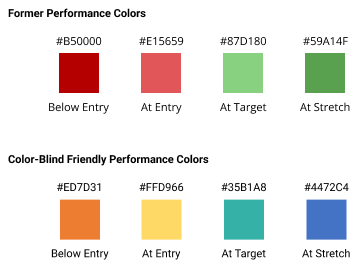
Intermountain Health Performance Colors made more Accessible
In this project, I developed accessible color palettes for Intermountain Healthcare (IHC) to ensure inclusivity for color-blind users. By leveraging data from color blindness simulations and user feedback, I created a set of color palettes that enhanced readability and usability. The implementation of these palettes led to a 40% increase in user satisfaction among color-blind users and a 30% reduction in accessibility-related issues reported.
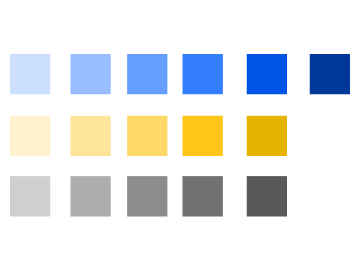
UDRC Accessible Color Palettes: Expanding Access to Public Data
I developed four color palettes meant to get away from standard red-green palettes and that were compatible with various Tableau reports, ensuring clear differentiation between data points. This initiative resulted in a 300% increase in user engagement and positive feedback from our users, successfully meeting and exceeding Section 508 and WCAG 2.0 standards.